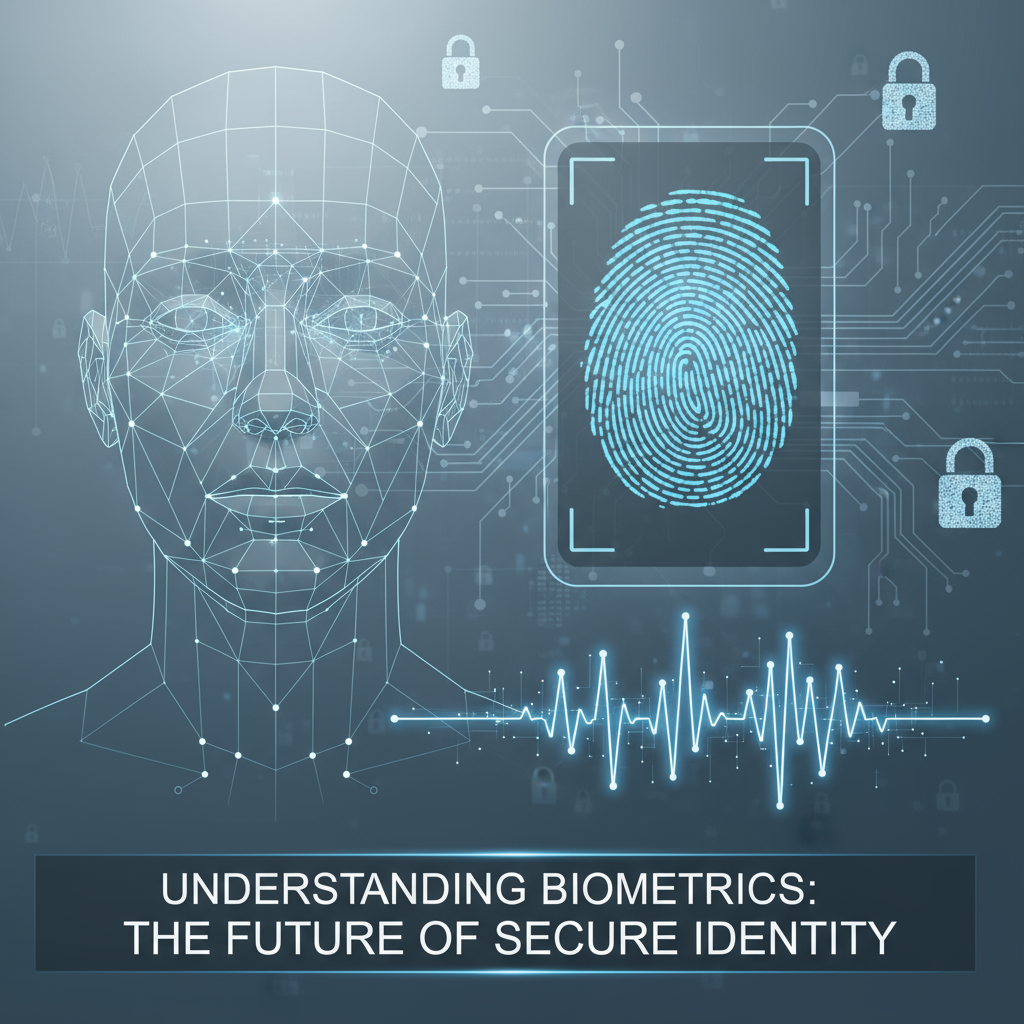Every day, police officers walk through crime scenes that hold invisible secrets. These secrets aren’t hidden in plain sight—they’re literally invisible to the naked eye. We’re talking about latent prints, the silent witnesses that can crack cases wide open and bring justice to victims and their families.
If you’ve ever watched a crime show and wondered how detectives find those perfect fingerprints, this guide will give you the real story. No Hollywood magic, just practical knowledge that can make a real difference in your investigations.
What Are Latent Prints, Really?
Let’s start with the basics. Latent prints are the invisible fingerprints we leave behind every time we touch something. Unlike the obvious prints you see when someone touches a surface with paint or blood on their hands, latent prints are formed by the natural oils and sweat from our skin.
Here’s the fascinating part: these invisible marks are everywhere. According to forensic studies, the average person leaves behind usable latent prints on approximately 30-40% of the surfaces they touch. That’s a lot of potential evidence hiding in plain sight.
Pro Tip: The word “latent” comes from Latin, meaning “hidden” or “concealed.” Think of yourself as a detective uncovering hidden messages at every crime scene.
Why Latent Prints Matter More Than You Think
The FBI’s Integrated Automated Fingerprint Identification System (IAFIS) processes over 90,000 fingerprint searches daily, and latent print matches have helped solve countless cold cases. In fact, latent print evidence has a conviction rate of over 95% when properly collected and analyzed.
Consider this: latent prints can survive on non-porous surfaces for months or even years under the right conditions. That jewelry box from a burglary six months ago? It might still hold the evidence you need.
Understanding the Science Behind the Prints
Your fingertips are covered with unique ridges and valleys that form patterns. These patterns fall into three main categories:
- Loops (about 65% of the population)
- Whorls (about 30% of the population)
- Arches (about 5% of the population)
But here’s what makes each print unique: it’s not just the overall pattern, but the tiny details called minutiae. These include ridge endings, splits, and dots that create a pattern so unique that the odds of two people having identical prints are about 1 in 64 billion.
Officer’s Insight: Even identical twins have different fingerprints. The patterns form in the womb based on factors like position, blood flow, and genetic factors, making each person’s prints one-of-a-kind.
Your Field Collection Toolkit
Every officer should have access to these basic tools:
- Black fingerprint powder (works on light surfaces)
- Silver or white powder (works on dark surfaces)
- Fingerprint brushes (use gentle, circular motions)
- Lifting tape (clear adhesive tape for transferring prints)
- Latent print cards (white cards for preserving lifted prints)
- Camera with macro lens (for documentation)
Pro Tip: Always photograph the print before attempting to lift it. If the lifting process goes wrong, you’ll still have documentation of what you found.
The Step-by-Step Collection Process
-
- Assess the Scene: Look for logical touch points—door handles, light switches, steering wheels, weapons, and personal items.
- Document Everything: Photograph the area before processing. Take overall shots and close-ups.
- Choose Your Method:
-
- For smooth surfaces: Start with powder dusting
- For textured surfaces: Consider alternate light sources first
- For wet or contaminated surfaces: Special techniques may be needed
- Apply Powder Carefully: Use a soft brush in gentle, circular motions. Less is more—too much powder will obscure the print details.
- Photograph Again: Document the developed print before lifting.
- Lift the Print: Apply lifting tape smoothly, avoiding air bubbles. Transfer to a latent print card immediately.
- Label Everything: Include case number, date, location, and your initials on every piece of evidence.
Technology That’s Changing the Game
Modern latent print processing goes far beyond the powder and brush method you see in movies. Today’s crime scene investigators use:
Alternate Light Sources (ALS)
These LED or laser devices emit specific wavelengths of light that can reveal prints invisible under normal lighting. Some prints that don’t show up with powder will fluoresce under UV or blue light.
Chemical Enhancement
- Cyanoacrylate (Super Glue) Fuming: The fumes adhere to print residue, making them visible
- Ninhydrin: Reacts with amino acids for prints on paper
- DFO (1,8-Diazafluoren-9-one): More sensitive than ninhydrin for older prints
Digital Enhancement
Software can now enhance partial or degraded prints, sometimes recovering usable evidence from prints that would have been considered worthless just a few years ago.
Working with AFIS: Your Digital Detective Partner
The Automated Fingerprint Identification System (AFIS) is like having a detective who never sleeps and remembers every print they’ve ever seen. Here’s how it works in practice:
When you submit a latent print to AFIS, the system scans millions of records in seconds, looking for potential matches. It doesn’t make identifications—that’s still done by trained examiners—but it narrows down millions of possibilities to a manageable list of candidates.
Important Note: AFIS is a tool, not a magic solution. The quality of your collected print directly impacts the system’s ability to find matches. A partial, smudged, or poorly lifted print might not yield results even if the actual perpetrator is in the database.
Common Mistakes to Avoid
Based on feedback from forensic labs nationwide, here are the most common errors officers make:
- Over-powdering: Using too much powder obscures ridge detail
- Rushing the process: Taking time to properly develop prints pays off
- Poor photography: Blurry photos can’t be enhanced later
- Contamination: Using dirty brushes or reusing lifting tape
- Inadequate packaging: Prints can be damaged during transport
Quality Control: Making Your Evidence Count
Your collected prints are only valuable if they meet legal and scientific standards. Here’s what forensic examiners look for:
- Sufficient ridge detail: At least 8-12 clear minutiae points
- Proper documentation: Clear photos and detailed notes
- Chain of custody: Unbroken documentation from collection to analysis
- Proper packaging: Prints protected from damage and contamination
Training and Certification: Investing in Your Skills
While basic latent print collection can be learned relatively quickly, mastery takes time and practice. Many departments are investing in specialized training because the return on investment is significant. A single solved case often justifies the cost of training an entire unit.
The International Association for Identification offers certification programs for both basic collection and advanced analysis. Many officers find that specialized training in latent prints opens career advancement opportunities in forensics and investigation.
Emerging Technologies on the Horizon
The field of latent print analysis is evolving rapidly. Some exciting developments include:
Portable AFIS Units
Handheld devices that can scan prints at crime scenes and search databases in real-time. Some agencies are already field-testing these units.
Enhanced Chemical Methods
New chemical formulations can recover prints from surfaces previously thought impossible, including certain fabrics and heavily textured surfaces.
AI-Assisted Analysis
Artificial intelligence is beginning to assist human examiners in identifying prints, potentially reducing processing time and increasing accuracy.
Building Your Department’s Latent Print Program
If your department is considering expanding its latent print capabilities, here are key considerations:
Equipment Investment
Basic field collection equipment costs around $500-1,000 per officer. More advanced equipment like alternate light sources ranges from $2,000-10,000.
Training Costs
Basic training typically runs $1,000-3,000 per officer, with advanced certification programs costing more. However, the investigative value often exceeds these costs within the first year.
Laboratory Partnerships
Smaller departments often partner with regional labs for analysis, focusing their investment on collection rather than processing equipment.
Practical Tips for Daily Operations
Before You Leave for a Scene:
- Check that your collection kit is complete and powder hasn’t clumped
- Ensure your camera battery is charged and memory card is empty
- Review any specific information about the case that might affect your approach
At the Scene:
- Start with the most likely locations but don’t ignore unexpected surfaces
- Work systematically to avoid missing potential evidence
- Take notes about environmental conditions that might affect print quality
Back at the Station:
- Package evidence immediately to prevent damage
- Complete all documentation while details are fresh
- Submit prints to the lab promptly—delays can affect processing quality
Understanding Limitations: Setting Realistic Expectations
Latent print evidence isn’t magic, and it’s important to understand its limitations:
- Not every surface holds usable prints: Rough, dirty, or porous surfaces may not yield results
- Environmental factors matter: Heat, humidity, and time all affect print quality
- Partial prints are common: Complete, perfect prints are actually unusual
- Database limitations: AFIS can only find matches for people already in the system
The Legal Side: Admissibility and Testimony
When your collected prints lead to identifications, you may be called to testify about your collection methods. Courts accept latent print evidence when proper procedures are followed, but they’re increasingly scrutinizing the quality of collection and analysis.
Key points for testimony preparation:
- Document your training and certification
- Be prepared to explain your collection methods
- Understand the difference between collection and analysis (stay in your lane)
- Maintain detailed notes and photos
Final Thoughts
As a police officer, your role in latent print collection might seem like a small part of a larger investigation, but it’s often the piece that makes everything else fall into place. That extra few minutes you spend carefully collecting prints at a scene could be the difference between solving a case and having it go cold.
Remember, every surface tells a story. Your job is to be the reader of those invisible stories, the detective who can see what others cannot. With proper training, good equipment, and careful attention to detail, you’re not just collecting evidence—you’re giving victims and their families the answers they deserve.
The next time you walk into a crime scene, look around with new eyes. Those invisible latent prints are waiting for you to discover them. They’re the silent witnesses who never lie, never forget, and never fail to tell their part of the truth.




